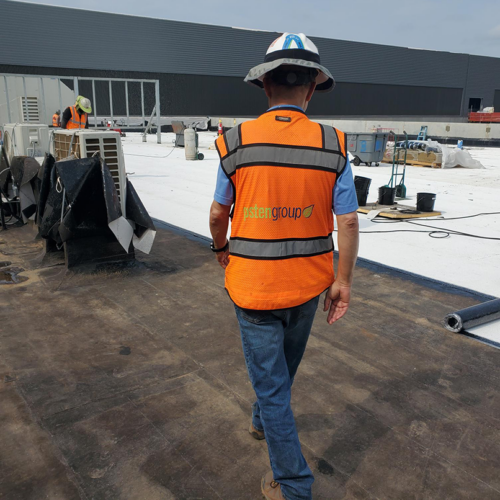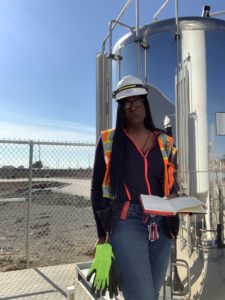With the ever-growing importance of sustainability across the globe, the drive towards resource efficiency and environmental responsibility throughout a building’s lifecycle continues to become increasingly paramount. Commissioning (Cx) plays a pivotal role in ensuring sustainability, resource-efficiency, and environmental responsibility by setting and verifying expectations to optimize building performance. Cx is a systematic process to verify that buildings operate as intended with primary technical focus on Cx for the Mechanical, Electrical, and Plumbing (MEP) Systems and/or the Building Enclosure.
In modern non-residential construction, MEP systems are the lifeblood of any structure, encompassing heating, ventilation, air conditioning, lighting, water supply, water drainage, and more. Cx ensures that these systems are not only installed correctly, but also operate efficiently, meeting the owner’s project requirements and design intent.
Beginning early in a project’s lifecycle, Cx starts with defining the owner’s project requirements (OPR), where the Cx agent facilitates discussions with the owner and project stakeholders to identify the project’s goals and sustainability objectives. The OPR helps tailor the commissioning plan and processes to the project’s specific systems, allowing teams to focus on enhancing for efficiency, occupant comfort, and long-term maintainability.
The process of MEP Cx unfolds in several phases, beginning with the development of a detailed plan outlining testing and documentation procedures. Throughout construction, rigorous inspections and functional testing are conducted to identify and rectify any operational discrepancies. Ongoing monitoring post-occupancy is also crucial, as it allows for the identification of long-term optimization opportunities to enhance system performance and reduce energy consumption.
Building Enclosure Commissioning (BECx) complements MEP Cx by focusing on the building’s exterior envelope, or enclosure, and its interface with other building components and systems. This encompasses below grade structures, exterior walls, roofs, windows and doors, and various other elements which serve as barriers, or filters, between controlled indoor and uncontrolled outdoor environments (with oft-changing variables such as air pressure, humidity/precipitation, and temperature fluctuations). BECx is a balancing act that safeguards the envelope design and construction to manage heat transfer while admitting daylight, properly ventilate while deterring air leakage, allow access but maintain security, all while resisting loads, noise, and moisture ingress; thus, enhancing energy efficiency, indoor comfort, and durability.
During the design and pre-construction phases, BECx teams collaborate closely with designers and contractors to specify and incorporate appropriate materials and construction techniques that optimize the building envelope’s performance. This is often accomplished through a series of design and submittal reviews. Throughout construction, BECx involves the presence of an enclosure expert on site at precise times during the schedule to review workmanship for adherence to the contract documents, help set and maintain expectations for quality, and troubleshoot challenges that arise in the field. During the acceptance phase, testing and analysis are conducted to verify compliance with performance standards and mitigate potential risks such as condensation and water damage. Advanced diagnostic tools, such as thermal imaging cameras, electronic leak detection systems, and pressure gauges for water and air testing, are utilized to identify problem areas and inefficiencies, ensuring that the building envelope performs as intended.
During occupancy or as part of a renovation, retro-commissioning can also provide immense value by improving existing systems and operations for superior performance and efficiency. This process involves assessing and identifying opportunities for improvement in the operation and maintenance of building systems, such as enclosures, HVAC, lighting, and controls. Retro-Commissioning aims to resolve operational issues, enhance energy efficiency, resolve water or air intrusion, and prolong equipment lifespan, ultimately improving occupant comfort and reducing operational costs.
As our buildings and building systems become more complicated, the Cx process must go further than a simple check-the-box, documentation exercise. By prioritizing Cx services, building owners can ensure that their facilities operate at their full potential, providing occupants with a comfortable and healthy indoor environment while minimizing environmental impact. At Epsten Group, our Cx teams go above and beyond in their recommendations to include anticipated costs toward improvements and an estimate of dollars saved over time, identifying problems, and proposing practical solutions to improve energy performance, reduce work orders, and improve occupant comfort.
To learn more about our Commissioning Services or reach out to us about your upcoming project, contact us here.




